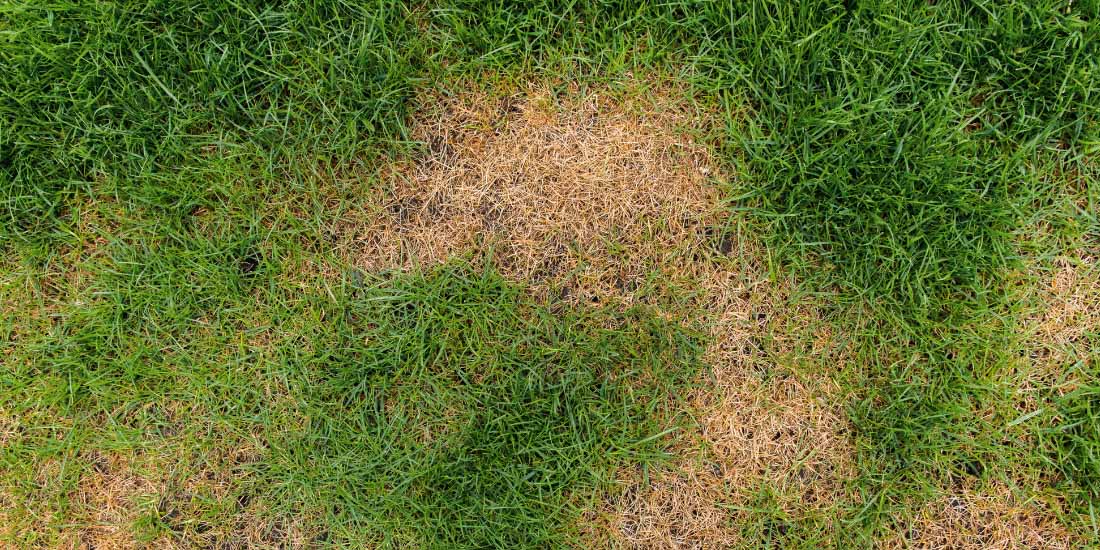Tips for lawn overseeding

If your lawn looks patchy, tired or worn out, you’re probably wondering how to fix it to get it green and healthy again? We often read our customers asking, “can I put grass seed on top of grass?” and the answer is yes, you can! This process is known as lawn overseeding and is a great way to boost your garden’s growth; it is perfect for getting rid of patchy spots and fixing thinning areas of your lawn.
Below, we have included some helpful tips for lawn overseeding to help it get back to full growth and ensure it’s ready for BBQs, family gatherings and all the wear and tear it will get from your kids or pets.
Growing conditions for lawn overseeding?
The process of lawn overseeding requires similar conditions to sowing a new lawn from scratch; it requires milder weather, with temperatures around 8 – 10 °C and plenty of rainfall. This means the best times for overseeding in the UK are during the months of spring or autumn. Getting the conditions right for sowing and overseeding ensures your lawn grows as best it can!
Preparation for lawn overseeding?
Preparation is key for any lawn seeding routine, and overseeding is no different. We recommend you begin this prep work 1 – 2 weeks before you plan to put the grass seed down. It’s best to remove weeks as best you can by hand, and if you have a larger amount of weeds on your lawn, then you could use a Feed, Weed and Mosskiller to help.
Alternatively, you could use a quick-release fertiliser on your existing lawn, which will give your grass a quick boost in preparation for overseeding. Doing this will help your lawn grow and thicken more quickly and strengthen it to combat weeds!
How to put grass seed on top of grass
Generally, all our grass seeds should be sown at a rate of 35g per square metre when overseeding. However, you should overseed at a rate of 50g per square metre if your lawn has larger patch areas to ensure these patchy spots get enough seed to repair and regrow.
We recommend you help the seeds bed into the soil. The best way to do this is to put your grass seed on top of your lawn and then rake the area so the seed beds into the soil and will get to the correct soil depth.
Be careful not to press the seeds in too deep since they will not get enough light from the sun if you do. But also, don’t leave them on the surface because they will likely dry out, or birds will start eating them.
Lawn overseeding aftercare
The next stage is grass seed aftercare, which lasts six weeks until your lawn is fully established. During this time, you need to water your lawn daily, but you can avoid doing this when it’s raining outside. Then, once your lawn has grown thick and there is even coverage throughout, and when your grass blades have reached heights of 5 – 7cm, your lawn is ready for its first mow.
As you can see, overseeding is easy and is the best solution for repairing patches in a tired and worn-out garden lawn. If you have any questions on overseeding or anything related to your garden that you would like help with, please get in touch; we are always happy to help.